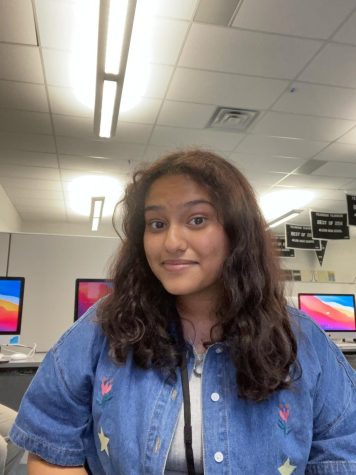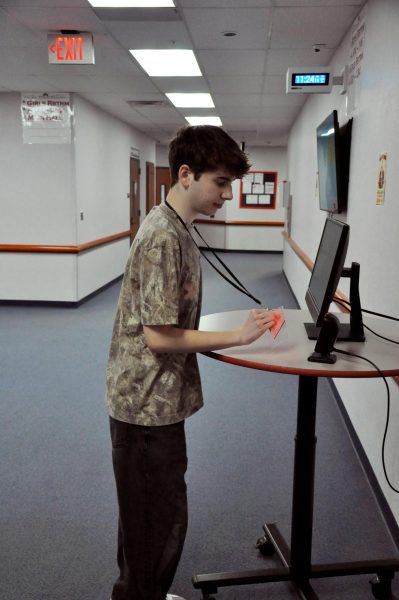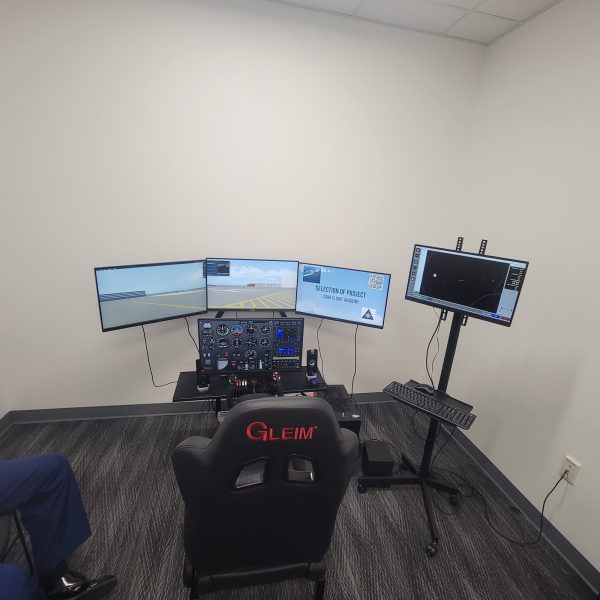Supporting South Asia: SACA Spotlight
Sometimes, people may find it easy to forget about international current events, dismissing distant matters as irrelevant to their more local sphere.
Some may also take the complexity of neighboring cultures and lump them into one region.
South Asian Cultural Association (SACA) said its purpose is to bring recent events and culture from the South Asian subcontinent to a local student audience for open discussion.
“South Asia has a very, very complicated history, dating back to partition, invasions, the divisions of many wars, caste differences,” SACA president senior Ganesh Somashekhar, said. “But at the South Asian Cultural Association, we take people from a region that almost holds 2 billion completely different people and we put them together and make sure they put aside their differences and cooperate for 30 minutes a month.”
Though SACA offers an environment for students of shared ethnicities, according to Somashekhar, members are not exclusively South Asian.
The news discussed during meetings is not only information, but can be the current events that have personally impacted members.
Somashekhar said he is in a lower caste and said issues relating to the system directly impact him and his relatives in India, who receive affirmative action and benefits from the government of India.
“We have plenty of people from all sorts of communities. So for example, we have a Palestinean guy who is from the Gaza Strip whose family has been disenfranchised by Israeli imperialism,” Somashekhar said. “I know a lot of people who have relatives that live in Balochistan, Sindh (provinces of Pakistan) who have been affected by the flooding because they have farmer family members.”
By linking various communities together, SACA is able to collaborate often with nonprofits to provide volunteer service. This year they partnered with the Indian Association of North Texas, helping with their Indian Day Celebration and Anand Bazaar, which honored the 75th anniversary of India.
For their last meeting, SACA and the Muslim Student Association had Culture Day so students could represent their heritage through attire and food.
SACA representative officer, senior Emaan Haq, said the club “works for goals that speak to us.”
One of the plans is to connect with the Allen Radha Krishna Temple, who Somashekhar said is short on volunteers, so SACA can send members to help.
“One of my favorite projects personally is when we partnered with [DFW Refugee Outreach Services]. We made 70-plus handmade care packages for Afghan refugees which had handmade cards, hygiene products and toys,” Haq said. “Another thing we did was a food drive that had dates, rice and other non-perishable goods for impoverished families during
Ramadan.”
Membership has been low this year, but Somashekhar said the remaining attendees are “the most die-hard SACA fans” and as a result the energy of the club is “fanatical […] cooperative [and] warm.”
The passion about topics was evident during an earlier meeting, where pro-Palestine demonstrations took place during more than a third of the meeting.
“The last meeting we spent 20 minutes denouncing the state of Israel because there’s a lot of radical Zionism within Hindu Diasporic communities in the United States,” Somashekhar said.
Despite the pervasive opinions and debates, SACA aims to unify under the larger context of historical divisions.
“Because every minority, every person of color, all the different communities experienced their own kind of struggle and have their own sort of history in this country,” Somashekhar said. “And so I feel as though brown people specifically, as part of the Asian community, we have had our own struggles with terrible representation in the media, lot of Muslim brown people have been affected by a lot the stigma that arose with 9/11.”
Volunteer opportunities, informational games like Kahoot and a lesson on the language of the month characterize a typical meeting.
Essentially, a SACA meeting is a way for students to connect and learn about each other.
“I learned about the humanitarian crises in South Asia and ways we can help the people living there and those who’ve moved here,” senior Amreen Gill said. “Last year, we did a project to help refugees from Afghanistan and it felt really nice to have the ability to impact their lives.”
A common theme among the club is coming together to benefit the South Asian population.
“I think within the campus we’re just providing an environment for other students like me, people who have similar heritage as them and also do volunteer work for people that share the same ethnicity as them,” Haq said.
The cooperative atmosphere is meant to be welcoming while being productive in assisting South Asian communities. Somashekhar encourages students to put aside “petty differences like religion, caste or language.”
“I feel like our club gives a kind of voice to a lot of the South Asian people at our school and kind of: you’re not alone,” Somashekhar said. “There’s other South Asians here and we have this place for you.”

"I really enjoy interacting with different people for interviews and being able to tell stories in a public setting. I hope to be able to encourage our...






